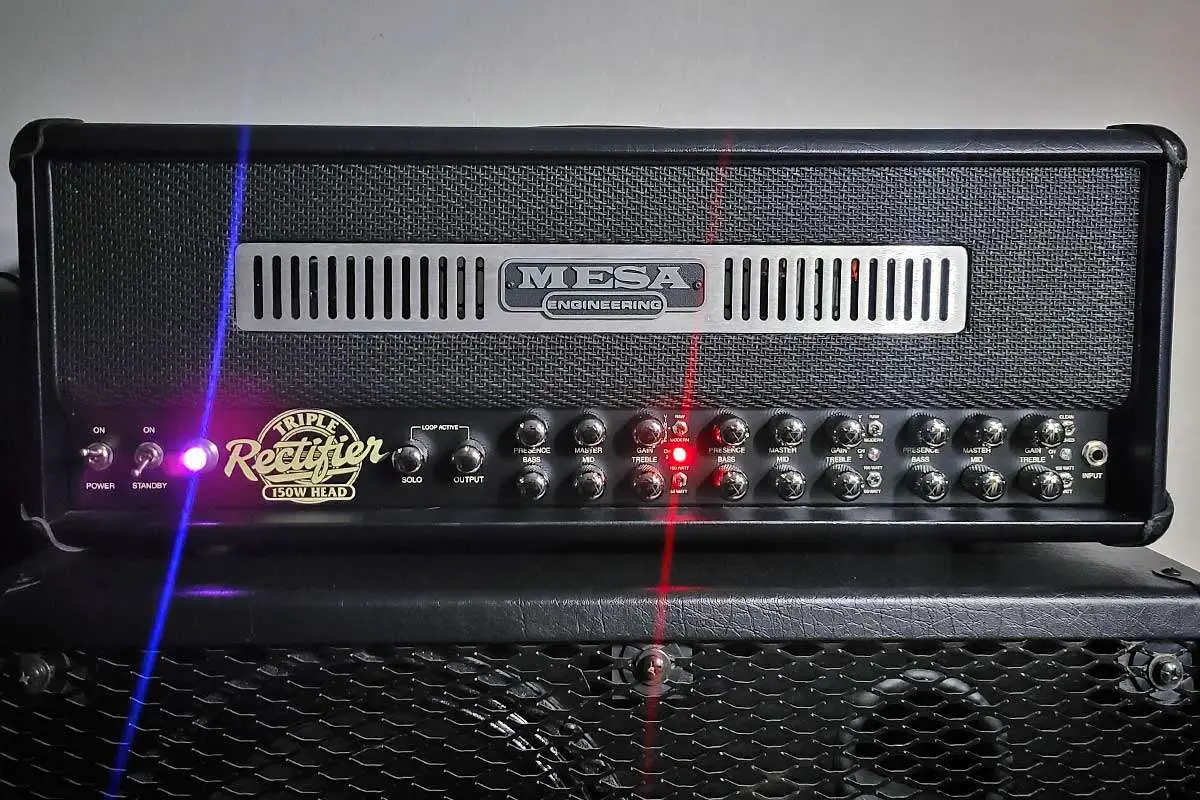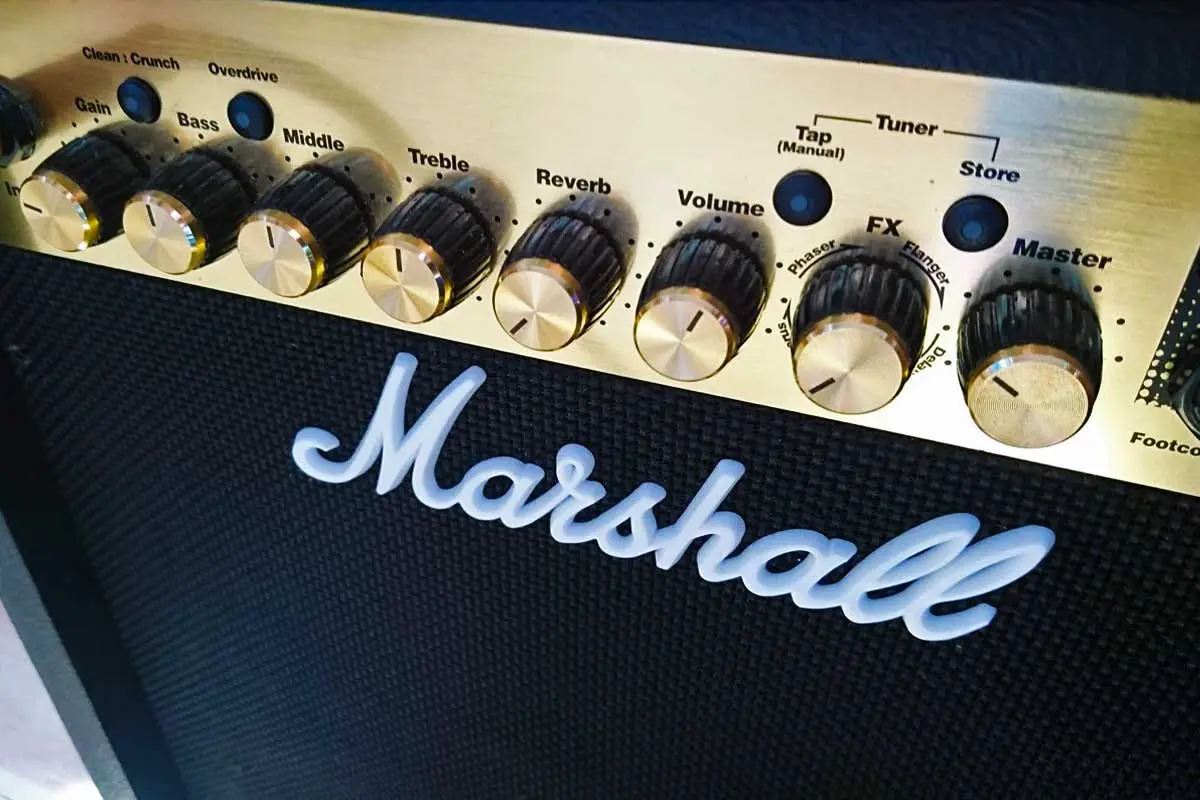Understanding your guitar amp settings is essential to crafting the tone that best expresses your musical style. Each knob and switch on your amplifier serves as a tool to shape your sound, from the warm, clean tones to the gritty, saturated distortions often sought after in various genres. Whether you’re striving for the delicate chime of a vintage tube amp or the aggressive roar of modern solid-state technology, knowledge of these settings is your gateway to achieving the ultimate sonic palette.
Navigating the array of dials and toggles on an amplifier can be daunting. Your tone is influenced by the gain, which controls the level of distortion, the EQ settings such as bass, mid, and treble, and effects such as reverb and tremolo. Adjusting these settings allows you to refine your sound, giving you the power to stand out in a mix or blend seamlessly with other instruments. For guitarists, the amplifier is as much an instrument as the guitar itself, and investing time in understanding its nuances is a critical step towards full command of your musical expression.
As you explore the intricate world of amplifier settings, you’ll discover that even the slightest tweak can have a profound impact on your sound. Whether you aim to emulate the iconic tones of legendary players or forge a unique sonic identity, grasp the core concepts behind guitar amp settings to unlock a rich array of auditory textures. The journey to finding your perfect tone begins with turning a knob and strumming a chord.

Understanding Guitar Amp Basics
Guitar amp basics are fundamental for shaping your sound, whether you’re rehearsing at home or performing live. A cohesive understanding of different amp types, components, and controls enables you to manipulate tones to your preference effectively.
Types of Guitar Amps
There are several primary amp models that you’ll encounter. Tube amps are renowned for their warm, natural sound and dynamic responsiveness. Solid-state amps, by contrast, are generally more reliable and lighter, with a consistent tone. Hybrids combine tube and solid-state circuits, aiming to offer the best of both worlds, whereas modeling amps use digital processors to emulate the sound of various amp types and settings. For a palpable live experience, acoustic amps are designed to amplify the clean, natural sound of an acoustic guitar without distortion.
Components and Functions
Your guitar amp’s components are integral to its functionality. The preamp shapes the tone of the guitar, while the power amp boosts the signal to move the speakers. Speakers then convert this signal into sound. Each component contributes to the quality and character of your amp’s sound, from clarity and volume to richness and warmth.
Guitar Amp Controls Overview
Understanding amp controls is crucial for achieving your desired sound. Volume dictates the overall loudness, whereas gain controls the level of signal amplifying and influences distortion. The EQ section, typically consisting of bass, mid, and treble, lets you sculpt the frequencies of your output. Reverb adds depth and ambiance, imitating the sound of playing in a larger space. Presence boosts higher frequencies, offering clarity and definition, especially in a band setting.
Here’s a basic guide to dial in a classic sound:
| Control | Direction | Effect |
|---|---|---|
| Gain | Up for more distortion | Adjust for desired crunch |
| Bass | Set to your preferences but watch out for muddiness | |
| Mid | Often kept at mid-range, tailored for presence or scoop | |
| Treble | Higher for brightness, lower for a warmer tone | |
| Reverb | Add to taste for space | |
| Presence | Increase for cut and clarity, reduce to sit back in the mix |
Experimenting with different settings will help you find the perfect tone for your style of play.
Setting Up Your Guitar Amp
When setting up your guitar amp, precision in placement, connection, and channel selection impacts your overall sound. It’s important to understand the role of each factor to shape your tone effectively.
Initial Setup and Positioning
Your amp’s location plays a critical role in the sound you produce. Place the amp so that it’s off the ground, using an amp stand for better projection and to reduce unwanted vibrations. The distance from walls can also affect your sound — a closer position to a wall can increase bass frequencies. Keep the amp at least a few feet away from corners to avoid excessive boominess.
Position the amp at ear height for better sound perception, giving you a more accurate sense of the tone you’re producing. As a beginner, start with a neutral location and adjust accordingly based on the specific room acoustics and the guitar amp effects you wish to use.
Connecting Your Guitar
Once positioned, ensure your guitar is properly connected. Use a high-quality instrument cable to minimize noise and signal loss. Plug one end of the cable into your guitar and the other into the input jack of your amp. Turn the volume on your guitar down before switching the amp on to avoid any sudden loud noises that could damage your hearing or your equipment.
Using Multiple Channels
If your amp has multiple channels, leverage them to enhance your playing experience. Each channel usually offers different tonal options — one might be clean, while another might provide overdrive or distortion.
To switch between channels, you might use a button or switch directly on the amp, or an external footswitch, which allows you to change channels mid-performance without interrupting your flow. Experiment with different channels to find the sound that best suits the music you’re playing.
The Core Guitar Amp Settings
In the pursuit of the perfect guitar tone, understanding the core amp settings is essential. These settings form the foundation of your sound and can drastically alter your guitar’s voice.

Volume and Gain Structure
Your volume levels are fundamentally tied to the overall loudness of the amp. However, it’s the gain structure that determines the degree of distortion. Setting the right gain level is crucial for achieving the desired amount of overdrive or clean sound. Keep in mind that higher gain doesn’t always mean better tone; it’s about finding the sweet spot that complements your playing style.
Mastering EQ Settings
The EQ settings on a guitar amp shape the tone by adjusting the balance between low-end, midrange, and high-end frequencies. Getting familiar with the EQ can help you cut through a mix or warm up your sound. Here’s a quick frequency range reference:
| Frequency | Effect on Tone |
|---|---|
| Low | Adds depth |
| Mid | Defines character |
| High | Adds clarity |
Balancing Bass, Mid, and Treble
The bass, mids, and treble knobs control respective frequencies; the bass affects the low-end, mids influence the midrange, and treble governs the high-end. A balanced mix of these three will yield a well-rounded tone. For instance, too much bass can cause muddiness, while excessive treble might lead to a harsh sound. The midrange is often the key to standing out in a band setting, so don’t overlook the power of the mid knob, often referred to as the contour of your sound.
Enhancing Tone with Effects
The right use of effects can transform your guitar’s sound from raw to richly textured. Whether it’s the ambience of reverb or the rhythmic pulse of a tremolo, effects play a pivotal role in defining your sonic footprint.
Common Built-in Amp Effects
Many amplifiers come equipped with a suite of built-in effects that allow you to shape your tone directly from the amp. The most common of these include:
- Reverb: Adds depth and space, simulating the sound of playing in different environments, from tight rooms to vast halls.
- Delay: Echoes your notes, which can range from a subtle repeat to a complex pattern, depending on the delay time and feedback settings.
- Chorus: Slightly alters the pitch of your guitar’s signal and mixes it back with the original, creating a shimmering, doubling effect.
- Tremolo: Modulates the volume of your signal at adjustable speeds and depths, resulting in a pulsating effect.
Using these built-in effects, you can explore various soundscapes without additional equipment.
External Pedals and Processors
For a more expansive array of tonal options, external pedals and processors are key. Here’s how some popular effects can enhance your sound:
- Distortion Pedal: Pushes your amp harder, providing anything from a warm, tube-driven growl to heavy, saturated distortion.
- Flanger and Phaser: These pedals manipulate phase to create sweeping, jet-plane-like sounds or a swirling, spacey effect.
- Octaver: Adds lower or higher octaves to your original tone, fattening up your sound or adding a unique pitch texture.
- Natural Reverb: Unlike digital reverb, a pedal designed for natural reverb mimics the acoustic properties of physical spaces, offering an organic depth to your tone.
Combining these effects with a thoughtful approach to your guitar pedals setup can dramatically elevate your playing experience.
